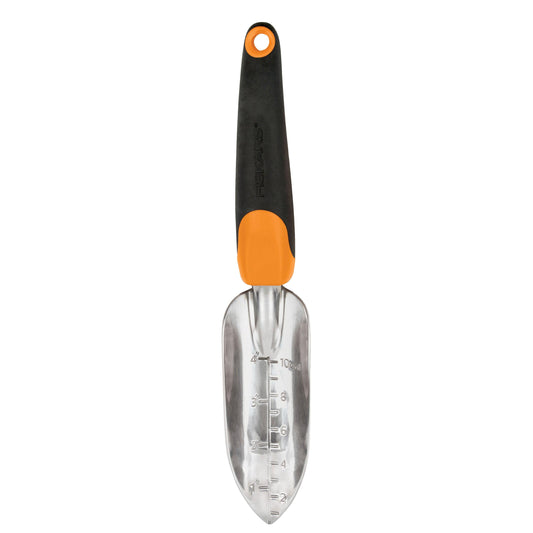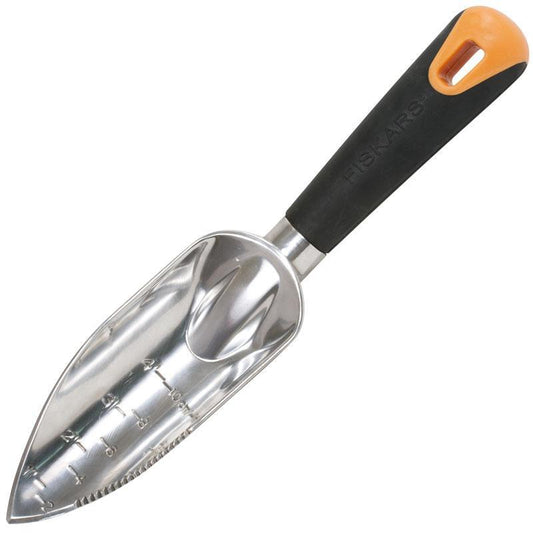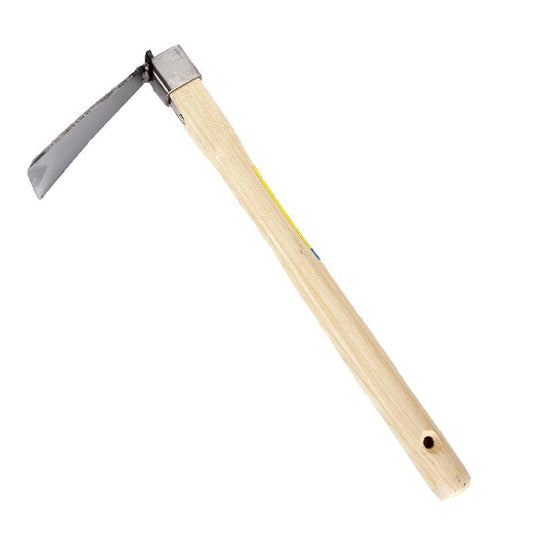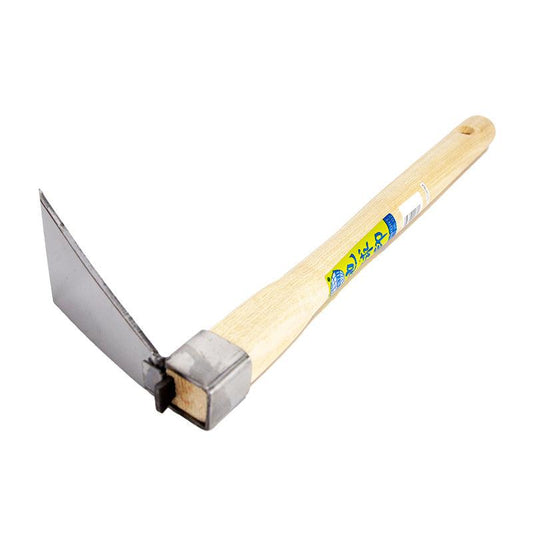Why Grow Carrots?
Carrots are a versatile, nutritious root vegetable that thrives in spring and fall gardens. With the right soil and care, you can grow carrots in a variety of colors and enjoy their sweet, earthy flavor fresh from the garden.
When to Plant Carrots
- Spring Planting: Sow seeds 2-3 weeks before the last frost.
- Fall Planting: Sow seeds 10-12 weeks before the first frost.
Preparing Your Soil
Carrots grow best in sandy, loose, well-drained, rock-free soil rich in organic matter. If your soil is heavy or compacted, consider growing carrots in raised beds. For less-than-ideal soil, try smaller varieties like Little Finger or Parisienne carrots.
Prepare your beds by mixing in compost and a balanced fertilizer with low nitrogen and high potassium. A suitable organic fertilizer will promote strong root development without causing forked carrots.
Planting Carrots
Follow these steps for successful carrot planting:
- Create 4-6 inch tall mounds on either side of a trench using a hoe.
- Ensure the soil has a fine texture without clumps or clods.
- Make a slight ridge at the top of the mound and sow carrot seeds. Mixing seeds with sand or dry coffee grounds can help with even distribution.
- Lightly cover the seeds with sand, soil, or potting mix and water gently.
Care and Maintenance
Keep your carrots thriving with these tips:
- Moisture: Water evenly to keep the soil moist but avoid washing away seeds.
- Thinning: Once the seeds germinate, thin seedlings 2-4 inches apart using snips to avoid disturbing roots.
- Weed Control: Keep the bed weed-free to prevent competition for nutrients.
- Mulching: Add mulch to conserve moisture, keep roots cool, and discourage weeds.
Pest Protection
Protect your carrots from common pests like carrot flies and leafhoppers by using a floating row cover such as Agribon AG-19, which acts as an effective insect barrier.
Harvesting and Storing Carrots
Carrots are ready to harvest when they are 1-1.5 inches in diameter. Loosen the soil with a digging fork and carefully pull them out. Avoid tugging too hard to prevent breaking the tops. Harvest as needed but avoid leaving them in the ground too long, as they can become woody and overly strong in flavor.
After harvesting:
- Snip off the tops immediately to prevent the roots from wilting.
- Store carrots in the refrigerator at high humidity for several weeks.
- Carrot greens can be used as parsley substitutes, composted, or fed to animals.
Grow your own delicious and nutritious carrots, and enjoy the rewards of organic gardening. Grow Organic for Life!




